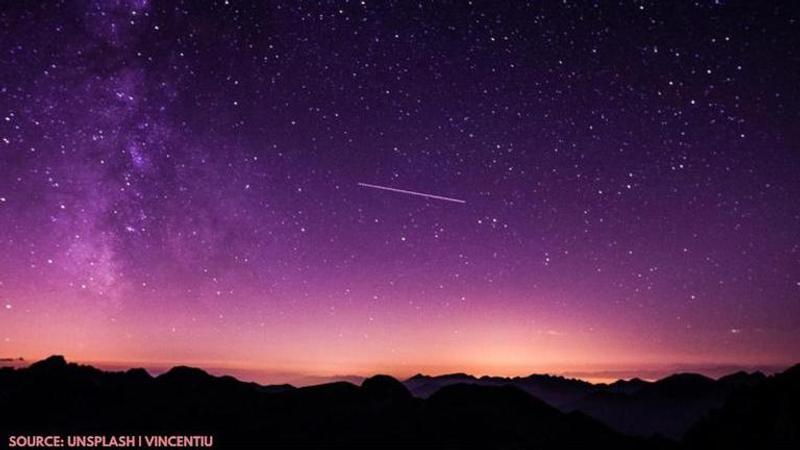Published 18:14 IST, December 21st 2020
Ursid meteor shower tonight: Know the time and how to watch to event
The Ursid meteor shower is about to reach its peak this week. Continue reading to learn about the time and details on how to observe the phenomenon.

Advertisement
The Ursids meteor showers are set to grace the early morning skies, allowing stargazers to look forward to the last significant shooting star display of the year. The Ursid meteors occur every year around December 17 and run through December 26. This stunning celestial spectacle can be observed only from the Northern Hemisphere where you can expect to spot around five to 10 Ursids meteors passing through the sky in an hour. And while the Ursids meteors are often overshadowed by the Geminids, these are certainly among the most bewitching spectacles you will witness. So, let us quickly take a look at how you can watch the Ursids meteor shower tonight.
How to watch the Ursid meteor shower?
As mentioned above, the Ursids occurs every year between December 17 to December 26. However, Ursid meteor shower peak is about to occur on December 21 in the night, and it will be visible through the early hours of December 22. Stargazers will be able to observe the event on the following days as they have a long period of activity, however, it won't be as significant as that on December 22. To get the exact time for the region, you can visit timeanddate.com. The Ursids meteors usually generate up to 10 meteors during an hour.
Luckily for the stargazers, the Ursids meteor showers will offer a more moon-free viewing experience during its peak and there will also be less natural light pollution. This means that there will be better visibility. However, you also need to make sure that you move to a safe secluded area to avoid light pollution of the city.
People can observe the Ursids meteor showers with the naked eye. However, you can still use a pair of binoculars or a telescope to a better viewing experience. However, you should allow your eyes to adjust to the dark which may take about 15 to 20 minutes. Skywatchers can also catch the Christmas Star on December 21, a phenomenon where Jupiter and Saturn gets as close as they have been in about 400 years.
Image credits: Unsplash | vincentiu
18:14 IST, December 21st 2020



